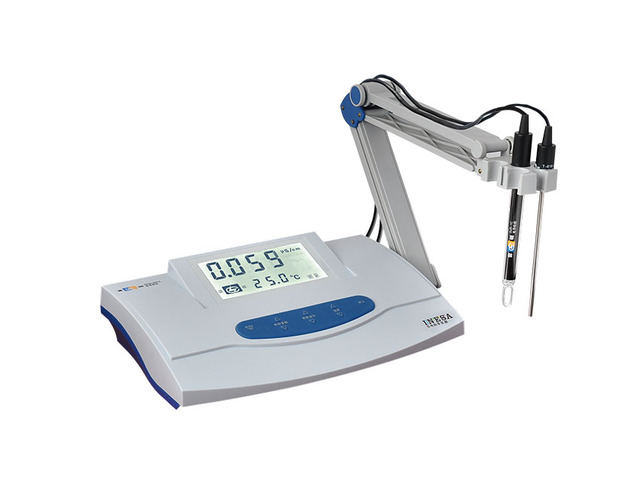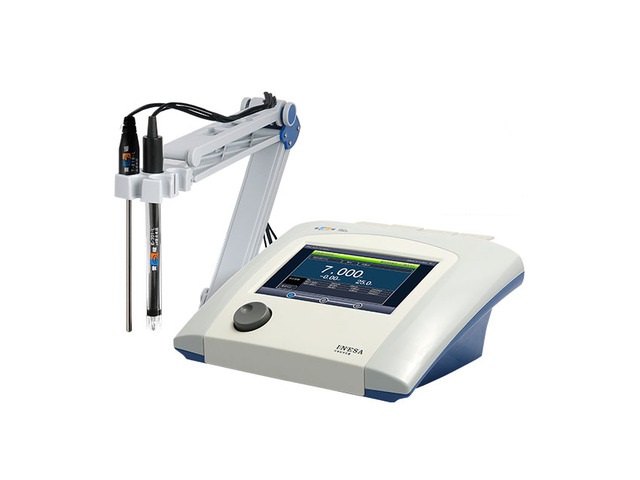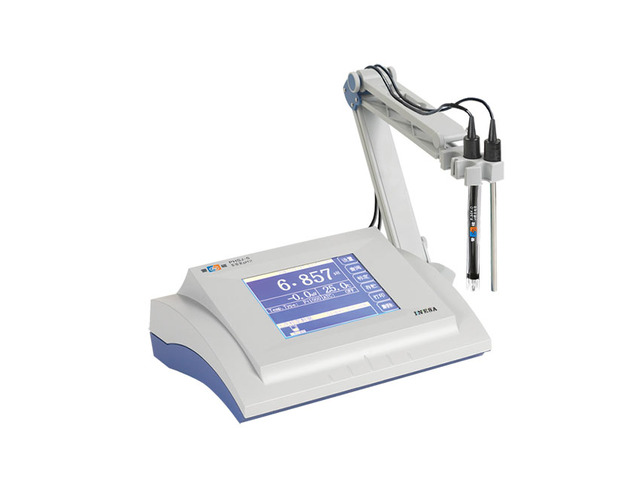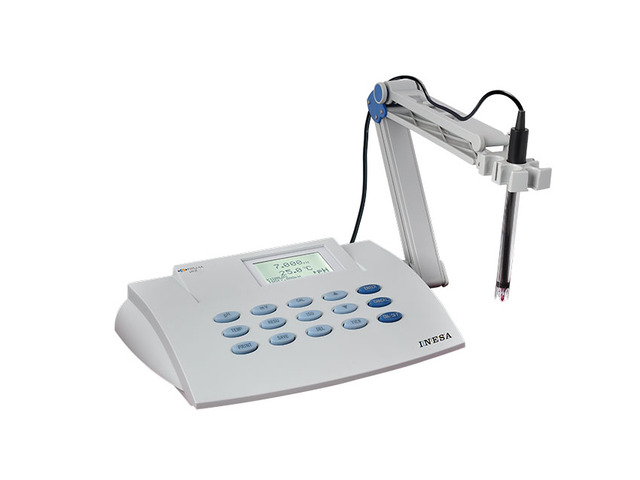| Name: | DDS-307A lab benchtop conductivity meter |
|---|---|
| Measuring range: | 0.00μS/cm~100.0mS/cm |
| Accuracy: | ±1.0%F.S. |
Model | DDS-307A | |
Instrument level | 1.0 | |
Measurement parameters | Conductivity, TDS, temperature | |
Measuring range | Conductivity | 0.00μS/cm~100.0mS/cm |
Resistivity | ||
TDS | 0.000~1999mg/L | |
Salinity | ||
Temperature | (0.0~99.9)℃ | |
Accuracy | Conductivity | ±1.0%F.S. |
Resistivity | ||
TDS | ±1.0%F.S. | |
Salinity | ||
Temperature | ±0.4℃ | |
| Stability | (±0.3%F.S.)/3h | |
Power supply | AC (220±22)V (50±1)Hz | |
Dimensions and weight | 290×210×95(mm) 1.5Kg | |
Standard electrode | DJS-1-C conductivity electrode | |
Measuring range by standard electrode | 2.00μS/cm~20mS/cm | |
The instrument adopts large-screen LCD segment code liquid crystal;
The conductivity/temperature value or TDS/temperature value can be displayed at the same time, and the display is clear;
With conductivity cell constant compensation function;
It has the function of manual and automatic temperature compensation of the solution.
DDS-307A conductivity meter is a necessary instrument for measuring the conductivity of aqueous solutions in the laboratory. The instrument adopts a newly designed shape, large-screen LCD segment type liquid crystal, and the display is clear and beautiful. The instrument is widely used in petrochemical, biomedicine, sewage treatment, environmental monitoring, mining and smelting industries, universities and research institutes. If equipped with a conductivity electrode with a proper constant, it can be used to measure the conductivity of pure water or ultrapure water in electronic semiconductors, nuclear energy industry and power plants.
DDS-307A conductivity meter is a necessary instrument for measuring the conductivity of aqueous solutions in the laboratory. The instrument adopts a newly designed shape, large-screen LCD segment type liquid crystal, and the display is clear and beautiful. The instrument is widely used in petrochemical, biomedicine, sewage treatment, environmental monitoring, mining and smelting industries, universities and research institutes. If equipped with a conductivity electrode with a proper constant, it can be used to measure the conductivity of pure water or ultrapure water in electronic semiconductors, nuclear energy industry and power plants.






